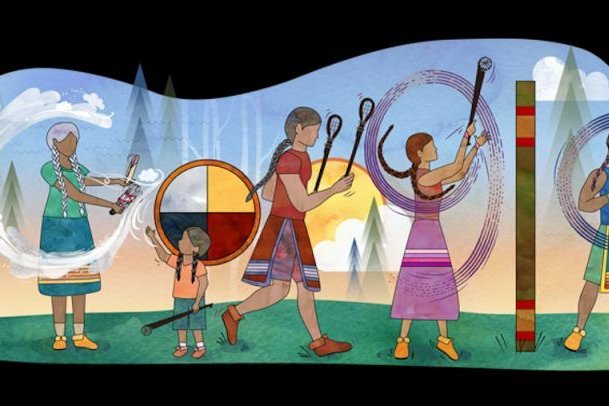Indigenous North American stickball, also known as “little brother of war” or simply stickball, is a traditional sport deeply rooted in Native American culture and history. This article delves into the origins, gameplay, cultural significance, and more surrounding this fascinating sport.
Origins and History
Pre-European Contact
Stickball has ancient origins, dating back thousands of years before European contact. It was played by various Native American tribes across what is now the United States and Canada. The game served not only as entertainment but also as a way to settle disputes, forge alliances, and train warriors.

Influence of European Settlers
With the arrival of European settlers, stickball underwent changes. The introduction of metal tools altered the game, leading to the development of different stick designs and playing styles. Despite these changes, stickball retained its cultural significance and continued to be a cherished tradition among Indigenous communities.
Gameplay
This is played with two teams, each consisting of players armed with long sticks with netted pockets at the end. The objective is to score points by hitting a ball, traditionally made of deerskin or other materials, into the opposing team’s goal post. The game involves agility, teamwork, and strategic thinking, making it both physically demanding and mentally stimulating.
Cultural Significance
Spiritual Connection
For many Indigenous peoples, this is more than just a game; it’s a spiritual experience. The rituals and ceremonies associated with that often include prayers, songs, and dances that honor ancestors and seek blessings for players and communities. It’s a way to connect with traditions and maintain cultural identity.
Community Bonding
It plays a crucial role in fostering community bonding. Tournaments and matches bring people together, transcending generational and tribal differences. The shared experience of playing and spectating creates bonds that strengthen social cohesion and promote solidarity within Indigenous communities.
FAQs
Is stickball still played today?
-
- Yes, it continues to be played in many Indigenous communities, both as a recreational activity and as a means of preserving cultural heritage.
What are some variations of stickball?
-
- There are several regional variations of that, each with its own rules and traditions. Examples include Cherokee stickball, Choctaw stickball, and Iroquois lacrosse.
Are there professional stickball leagues?
-
-
- While thatl is primarily played at the community level, there are efforts to promote the sport more widely, including hosting tournaments and exhibitions.
-
How does stickball differ from modern lacrosse?
-
-
-
- Stickball and modern lacrosse share similarities in terms of equipment and gameplay, but they also have distinct rules, cultural contexts, and historical origins.
-
-
What efforts are being made to preserve and promote stickball traditions?
-
-
-
-
- Organizations and individuals are working to document stickball history, teach younger generations about the sport, and advocate for its recognition as an important cultural heritage.
-
-
-
Conclusion
Indigenous North American that’s stands as a testament to the resilience, cultural richness, and enduring traditions of Native American communities. Beyond being a sport, it embodies values of unity, respect, and connection to the land and ancestors.
Also, Reads More>>>CNC Intelligence




